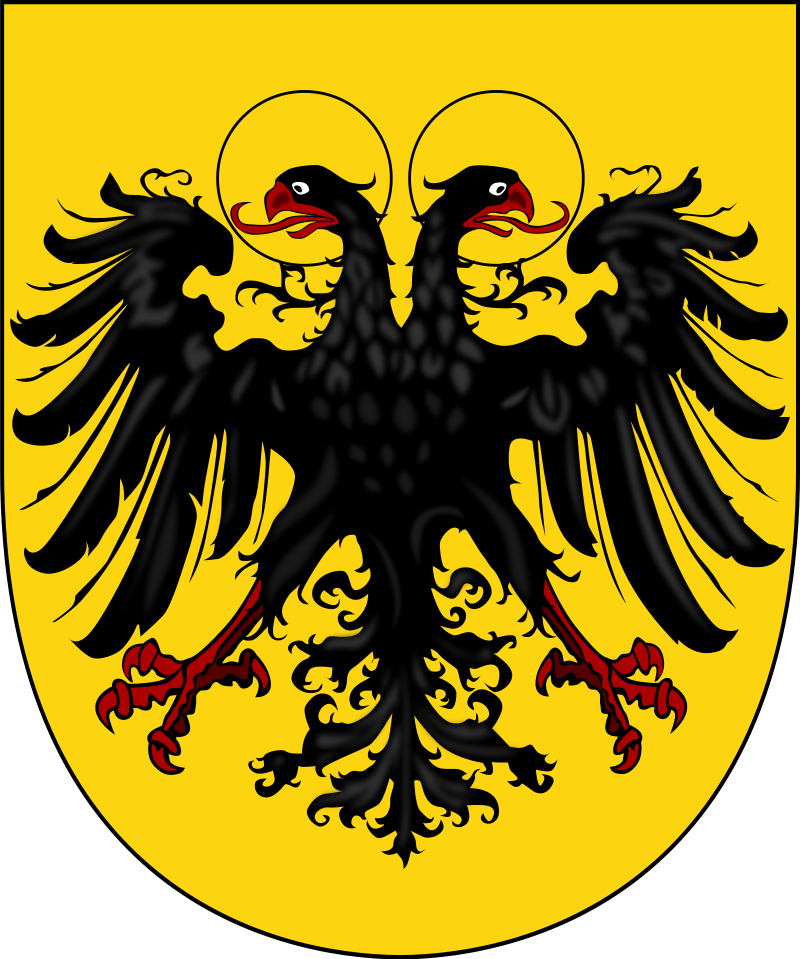Holy Roman Emperor
Toward the end of the 8th century, the Papacy still recognized the ruler at Constantinople as the Roman Emperor, though Byzantine military support in Italy had increasingly waned, leading to the Papacy to look to the Franks for protection. In 800 Pope Leo III owed a great debt to Charlemagne, the King of the Franks and King of Italy, for securing his life and position. Under the pretext that women cannot rule the empire, Pope Leo III declared the throne vacant and crowned Charlemagne Emperor of the Romans (Imperator Romanorum), the successor of Constantine VI as Roman emperor. The title of emperor in the West implied recognition by the pope. As the power of the papacy grew during the Middle Ages, popes and emperors came into conflict over church administration. The best-known and most bitter conflict was that known as the investiture controversy, fought during the 11th century between Henry IV and Pope Gregory VII.
This is where Syres comes in. He is knowledgeable about the Eastern church and helps navigate the transition of the papacy from the influence of the Holy Roman Emperor and the Eastern Roman Emperor. This important title cannot be purchased or conferred by any other than a religious patriarch, particularly the Pope, as decided during the days of Charlemagne. This important distinction and the title is earned only by inheritance, not by achievement or purchase and has been conveyed on the Eastern successors of the great Charles' empire. This title makes the HRE believe is in charge or the final decider over church appointments like cardinals, popes, and bishops.
This title has been disputed for centuries as a purely ornamental title that furthers the myth that the successor to the great western Roman empire are the descendants of the Great Charles.












Comments